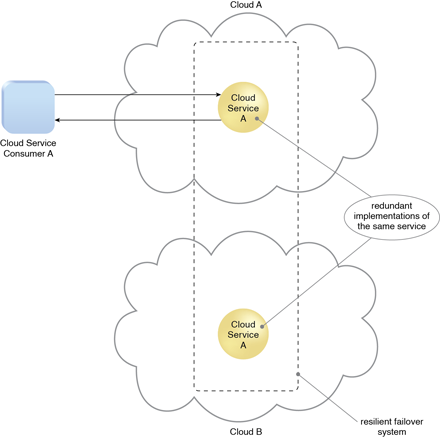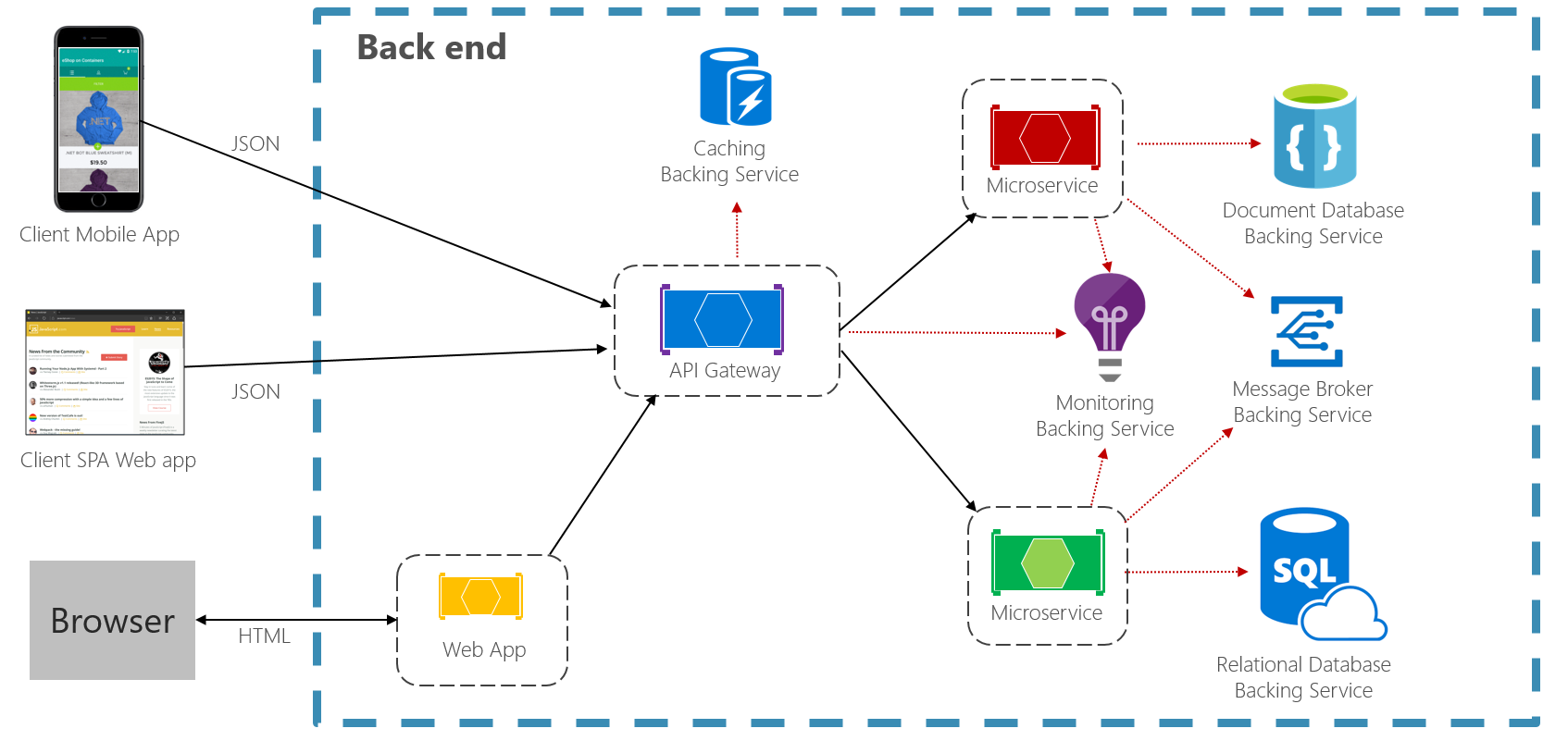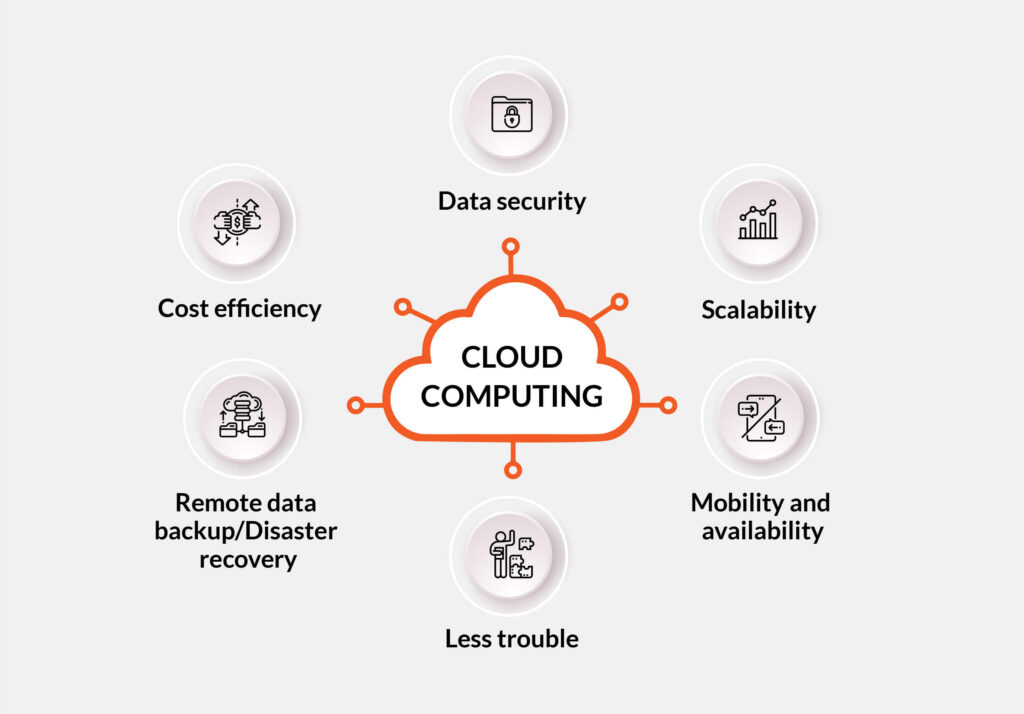In today’s fast-paced world, businesses are adopting cloud computing at an unprecedented rate. Cloud computing is a technology that allows businesses to store, process, and manage data and applications on remote servers, rather than on local hardware. However, with this rapid adoption comes the risk of unexpected failures and security breaches. This is where the concept of resiliency in cloud computing comes in.
Resiliency in cloud computing refers to the ability of a cloud system to withstand and recover from failures, disruptions, and security breaches while maintaining its critical functions. Simply put, it is the ability of a cloud system to bounce back from any unforeseen circumstances and continue to provide uninterrupted services to its users. In this article, we will delve deeper into the concept of resiliency in cloud computing and explore some of the best practices to ensure a resilient cloud infrastructure. So, let’s get started!

What is Resiliency in Cloud Computing?
Resiliency in cloud computing is the ability of a system to withstand and recover from any type of disruption. It is important for cloud computing providers to ensure that their systems are able to remain operational during any type of disruption or disaster. Resiliency is achieved through a combination of hardware, software, and network redundancy.
Benefits of Resiliency in Cloud Computing
The main benefit of resiliency in cloud computing is the ability to remain operational during any type of disruption or disaster. This ensures that businesses are able to keep their data and applications running even when their primary systems are unavailable. Resiliency also helps to reduce downtime, as the system can quickly recover and resume operations. Additionally, resiliency helps to protect against data loss and can reduce the risk of outages due to hardware or software failures.
Another benefit of resiliency in cloud computing is increased scalability. The ability to quickly recover from a disruption allows cloud computing providers to quickly scale up their systems to meet the changing needs of their customers. This scalability helps to ensure that businesses are always able to access the resources they need, when they need them.
Components of Resiliency in Cloud Computing
The main components of resiliency in cloud computing are hardware redundancy, software redundancy, and network redundancy. Hardware redundancy involves using multiple servers or data centers to provide the same services. This ensures that if one server or data center fails, the other can take over and provide the same service. Software redundancy involves running multiple copies of the same software on different servers or data centers. This ensures that if one server or data center fails, the other can still run the same software. Network redundancy involves having multiple redundant networks that can be used to access the same services.
Best Practices for Resiliency in Cloud Computing
To achieve maximum resiliency in cloud computing, businesses should implement the following best practices:
- Implement a redundant system architecture
- Create multiple backups of data and applications
- Ensure that systems are regularly tested and monitored
- Deploy redundant hardware and software
- Ensure network redundancy
- Keep systems up-to-date
- Monitor performance and security
By following these best practices, businesses can ensure that their cloud computing systems remain resilient and able to recover quickly from any type of disruption or disaster. This helps to ensure that businesses are able to keep their data and applications running and minimize any downtime.
Frequently Asked Questions about Resiliency in Cloud Computing
Resiliency in cloud computing is the ability of a system to recover from service disruptions, hardware failures, or other disasters. It is an important aspect of cloud security and ensures that cloud-based services are available and can recover from incidents quickly and successfully.
What is Resiliency in Cloud Computing?
Resiliency in cloud computing is the ability of a cloud system to recover from service disruptions, hardware failures, or other disasters. It is the ability of the cloud to anticipate and respond to any kind of failure, ensuring that a cloud-based service is available and can recover from incidents quickly and successfully. Resiliency in cloud computing is important to organizations that use cloud services, as it ensures that their data is protected and can be recovered without any data loss.
How Does Resiliency in Cloud Computing Work?
Resiliency in cloud computing works by anticipating and responding to any kind of failure, ensuring that a cloud-based service is available and can recover from incidents quickly and successfully. A resilient cloud system has features such as redundancy, scalability, and automated backups which enable the system to quickly recover from any kind of failure. Redundancy in a cloud system means that there are multiple copies of data which can be used in the event of a failure. Scalability allows the system to quickly and easily scale up or down in response to changing demand. Automated backups ensure that the data is always up to date and can be recovered quickly in the event of a failure.
What are the Benefits of Resiliency in Cloud Computing?
The main benefit of resiliency in cloud computing is that it ensures that a cloud-based service is always available and can recover from incidents quickly and successfully. It also ensures that data is protected and can be recovered without any data loss. Resiliency also ensures that a cloud system can scale up or down quickly in response to changing demand, making the system more efficient and cost-effective. Finally, it allows organizations to quickly and easily recover from any kind of failure, ensuring that their data is always safe and secure.
What are the Challenges of Resiliency in Cloud Computing?
The main challenge of resiliency in cloud computing is cost. Resiliency requires additional hardware, software, and features which can be expensive to implement and maintain. Additionally, there is the challenge of ensuring that the system is properly configured and maintained in order to ensure that it can recover from any kind of failure. Finally, there is the challenge of ensuring that the system is constantly monitored in order to detect and respond to any potential failures.
What are the Best Practices for Resiliency in Cloud Computing?
The best practices for resiliency in cloud computing include implementing redundancy, scalability, and automated backups. Additionally, it is important to ensure that the system is properly configured and maintained in order to ensure that it can recover from any kind of failure. It is also important to ensure that the system is constantly monitored in order to detect and respond to any potential failures. Finally, it is important to test the system regularly to ensure that it is functioning as intended.

In conclusion, resiliency in cloud computing is a crucial aspect of ensuring that businesses and organizations are able to continue functioning seamlessly even in the face of disasters or unexpected outages. By incorporating various resiliency strategies such as redundancy, failover, and disaster recovery, cloud service providers are able to offer their clients a more dependable and reliable service. This allows businesses to focus on their core functions and objectives, without having to worry about the possibility of downtime or data loss.
As the adoption of cloud computing continues to grow, it is essential for businesses to fully understand the concept of resiliency and its importance in ensuring business continuity. By partnering with cloud service providers that prioritize resiliency, organizations can be assured of a more secure and reliable cloud environment. Ultimately, resiliency is a key factor in determining the success and sustainability of businesses in today’s digital age.



